Ever looked at your sad, empty bread box and thought, what I wouldn’t give for a no-fuss, toasty slice of something that didn’t taste like cardboard? Yeah, me too. And then the Gluten-Free Oat Quick Bread recipe came into my world, and honestly? My mornings got about eighty-five percent better. If you’ve tried to make gluten-free bread before and it flopped, you’re not alone. Don’t sweat it. I used to be that person whose kitchen experiments looked worse than a toddler’s art project. But this gluten-free oat bread has saved me. And if you happen to be a gluten-free newbie or just craving something different, check out these super helpful spots for other ideas: gluten-free bread recipes and some clever baking basics techniques. Life-changers, truly.
Why Use Oat Flour in Baking?
Oat flour is like that solid, dependable friend you want next to you in the kitchen. First of all, it’s got this hearty flavor and tender texture that just makes bread feel extra—like, “cozy sweater weather” bread, if that makes sense. Oats keep the loaf moist, not dense or dry like a rock (we’ve all choked on those slices, right?). They soak up flavors and help hold everrrything together, which is tricky when there’s no regular flour involved.
I always loved oats for breakfast—so having them in bread just feels right. Plus, people think oats are “boring.” Wrong! In this Gluten-Free Oat Quick Bread recipe, oat flour proves it’s the MVP. If you haven’t used oat flour before, just grind up regular gluten-free oats till powdery. It’s wallet-friendly too. Forget spending $$$ on specialty flours that taste weird.
It also has more fiber than a lot of gluten-free flours, so you stay full a smidge longer. Not a doctor’s office claim or anything, but my stomach feels it. Oh—and you don’t get that sandy or gritty crumb that some gluten-free bread recipes produce. That’s a miracle right there.
My whole family actually *finished* the loaf at breakfast, which never happens with my gluten-free experiments! This oat bread is our new weekend tradition, with jam or just real butter.
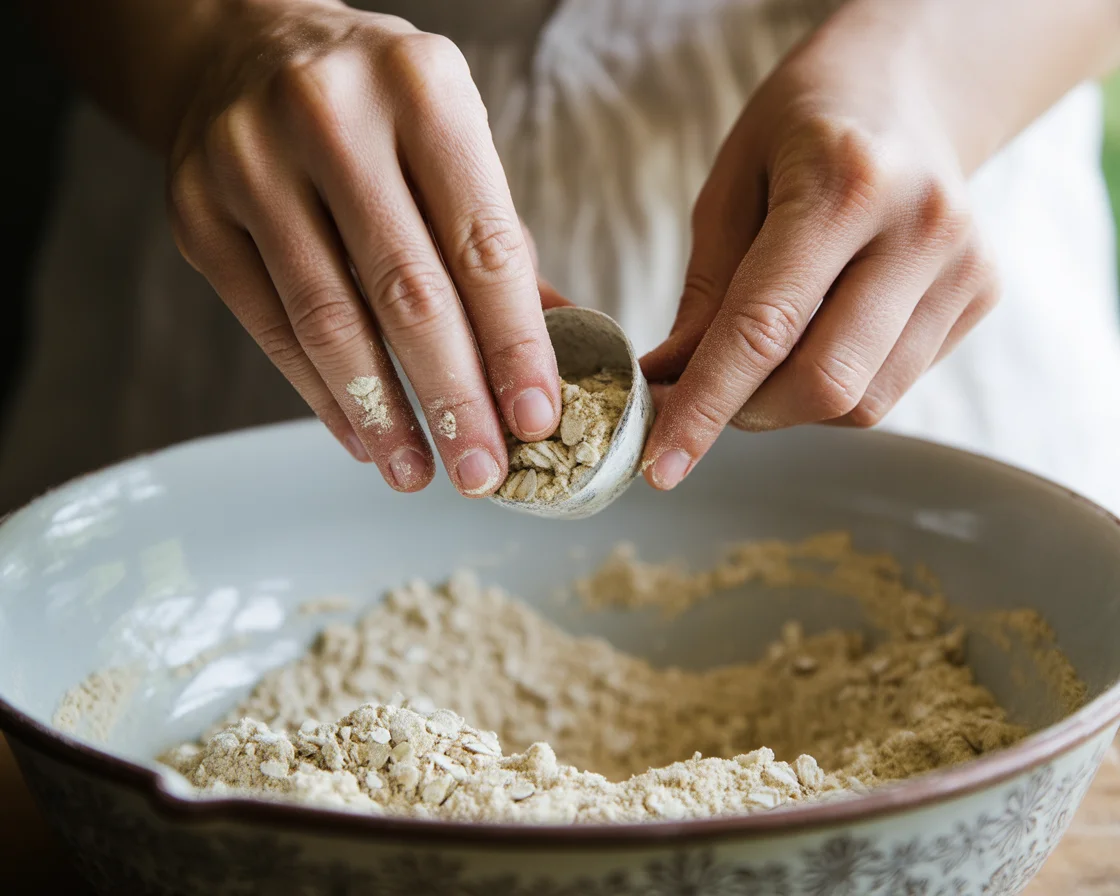
| Tip | Benefit |
|---|---|
| Use Fresh Oats | Prevents bitterness and ensures a better flavor. |
| Room Temperature Ingredients | Helps in better rising and texture. |
| Parchment Paper | Prevents sticking and makes for easier cleanup. |
| Cool Completely | Ensures the bread slices easily without crumbling. |
Tips for Perfect Gluten Free Oat Bread
Bread is not just about tossing things into a bowl and crossing your fingers. A few secrets I’ve learned the hard way:
If your oats are on the old side, they might taste bitter. Always use fresh gluten-free oats for making oat flour. That “off” taste in your bread? Usually comes from stale oats.

Room temperature eggs and milk incorporate more easily into the batter, which promotes a more even texture and a slightly better rise. Cold from the fridge just…makes it sad.
Don’t skip the parchment paper in your loaf tin. Trust me. Cleaning stuck-on gluten-free bread is a new low.
The batter will look thicker or gloopier than you expect. It’s fine. Don’t end up dumping in more liquid and wishing you hadn’t.
Let the loaf cool all the way before slicing. Otherwise, it’ll crumble apart like sad dry cake.
If you want more tricks up your sleeve, the folks over at easy gluten-free bread recipes for beginners know their stuff. Also, for a peek at classic techniques, see classic everyday breads. I learned a lot from those, too.
Best Gluten Free Flours for Oat Bread
Oat flour is the hero here, but sometimes you want to change things up or add more structure. Here’s the real talk. Not all gluten-free flours are created equal, okay? Some weigh your bread down. Others just taste odd.
A great combo for oat bread is a mix of oat flour and a little brown rice flour or sorghum flour. They don’t overpower, and they help you get a nicer crumb (that’s a fancy word for “how soft it is inside,” but you already knew that). If you’re daring, try a spoonful or two of tapioca starch. Makes it chewier, almost bakery-style.
Some gluten-free blends from the store do the trick, but read the label—some add bean flours that, honestly, taste like old shoes if you ask me. Go for those marked “for bread” on the package. Or check out tried-and-true blends at gluten-free flour blends. I keep a big jar in my pantry! Remember: coconut flour? Just…no. It soaks up liquid like a sponge, and your bread will break hearts (and maybe your toaster).
I switched from just oat flour alone to a little mix, and wow, totally different—way better! Even my picky neighbor asked for the recipe.

Storage Tips for Gluten Free Oat Bread
Okay, so you nailed your Gluten-Free Oat Quick Bread recipe (high five!). Now, how do you keep it from turning into a brick overnight?
Here’s what’s worked for me:
- Let it cool. Really cool—not “sorta warm,” because trapped heat = soggy crust.
- Wrap tightly in foil or a reusable bread bag. Dry air is the enemy.
- For short-term (like, a couple of days), leave it on the counter. Anything longer, slice and freeze it.
- Pop slices in the toaster straight from the freezer. Oddly satisfying, and it won’t get mushy.
These tips save you from disappointment the next morning. It’s fine fresh, but honestly, toasted from the freezer is a little slice of magic.
Dietary Considerations: Are Oats Gluten Free?
Short answer: usually, but not always. Most oats themselves are free of gluten, but the place where they’re processed? Not always careful. Cross-contamination is a real “thing” (unfair, honestly). So, you always want to buy oats with a label that says “gluten-free.” See it, trust it. Don’t just grab regular oats and hope for the best if you’re celiac or super sensitive.
If your stomach’s extra fussy, another tip is to try certified gluten-free sprouted oats. Some folks (my cousin, for example) find them even easier to digest.
No need to panic—there’s plenty of info on this from experts who’ve lived it. And if you want a deep dive, people at noglubread.com break it down without medical jargon. If you’re ever in doubt, check your sources, and if you’re new to all this, keep a food diary for a bit. You’ll figure out what works for you.
I was shocked when I found out not all oats are safe for me. Switching to certified gluten-free oats made a world of difference.
Common Questions
A: If you’re just avoiding wheat for general reasons, sure, regular oats can work. But if it’s a medical need? Stick with “gluten-free” on the package.
A: I like almond or oat milk (unsweetened), but soy works okay too. Coconut milk makes it a little denser—depends on your mood!
A: You can try a flaxseed or chia seed “egg” (mix 1 tbsp seeds with 3 tbsp water). The bread gets a bit crumblier, but it’s definitely doable.
A: Too much liquid or not enough lift (like baking powder) can do that. Make sure your ingredients are fresh and measure flour by spooning, not scooping.
A: Compared to a standard loaf, it’s higher in fiber and uses less sugar. Still, bread is bread, so enjoy it in moderation.
Ready to Bake? You Got This!
If there’s one bread recipe I keep coming back to, it’s this Gluten-Free Oat Quick Bread recipe. I love that it’s practical but feels like a treat—just what I crave with my coffee or soup. You’ve seen my tips, you know about storage, and yep, those oats can be safe if you pick the right brand. Still curious? There’s a fantastic Gluten Free Oat Flour Sandwich Bread Recipe for even more oat-y inspiration. Just go for it—your kitchen (and your stomach) will thank you.
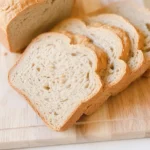
Gluten-Free Oat Quick Bread
This hearty gluten-free oat quick bread has a delightfully moist and dense texture, perfect for toasting. Made with simple pantry ingredients and ready in under an hour, it’s an ideal recipe for gluten-free baking beginners.
- Total Time: 45 minutes
- Yield: 1 loaf (approximately 8 servings)
Ingredients
- 2 cups gluten-free rolled oats (ground to flour)
- 1 teaspoon baking powder
- 1/2 teaspoon baking soda
- 1/2 teaspoon salt
- 2 large eggs
- 1 cup unsweetened almond milk (or dairy-free alternative)
- 1/4 cup honey or maple syrup
Instructions
Prepare Your Oven and Mix Dry Ingredients
- Preheat your oven to 350°F (175°C) and line a loaf pan with parchment paper.
- In a bowl, combine oat flour, baking powder, baking soda, and salt.
- In another bowl, whisk together the eggs, almond milk, and honey or maple syrup.
- Pour the wet ingredients into the dry ingredients and mix until just combined.
- Transfer the batter to the prepared loaf pan and smooth the top.
- Bake for 30-35 minutes or until a toothpick inserted in the center comes out clean.
- Let the bread cool completely before slicing.
Notes
Use fresh oats for better flavor. Don’t skip the parchment paper for easy cleanup.
- Prep Time: 10 minutes
- Cook Time: 35 minutes
- Category: Bread
- Method: Baking
- Cuisine: American
- Diet: Gluten Free

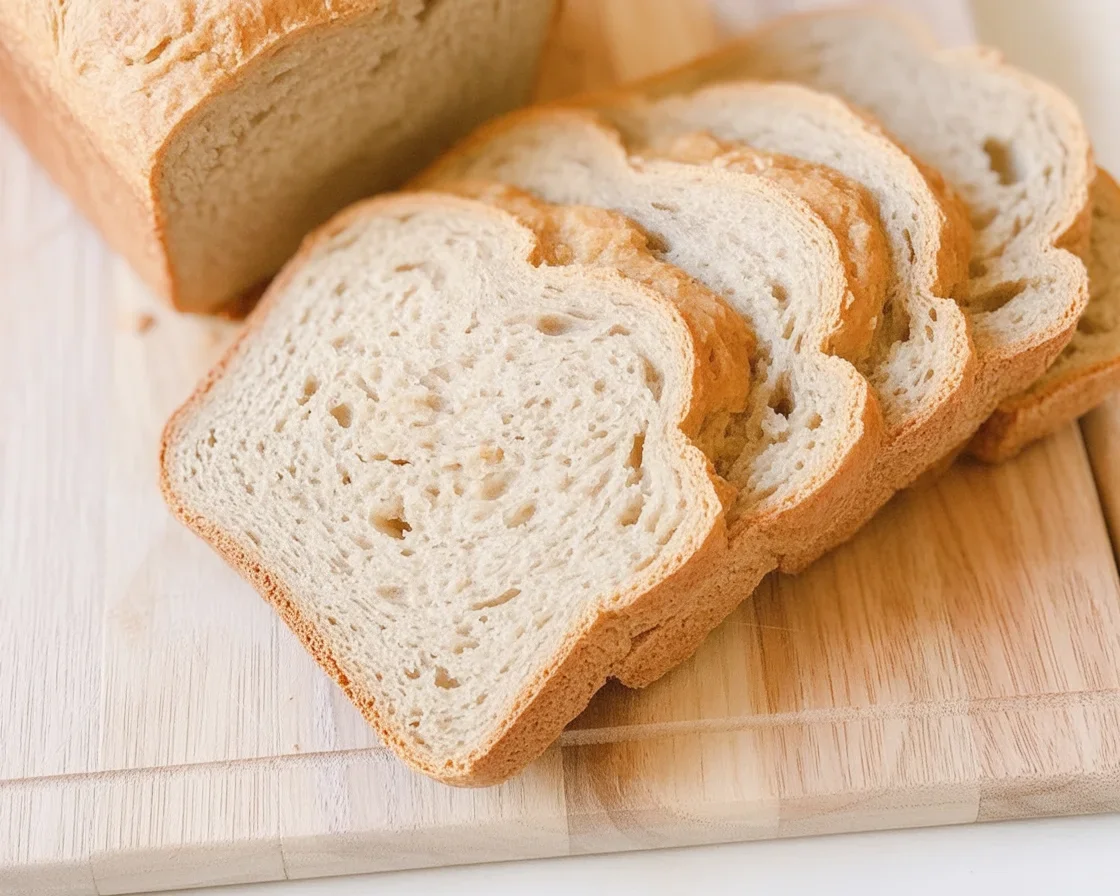
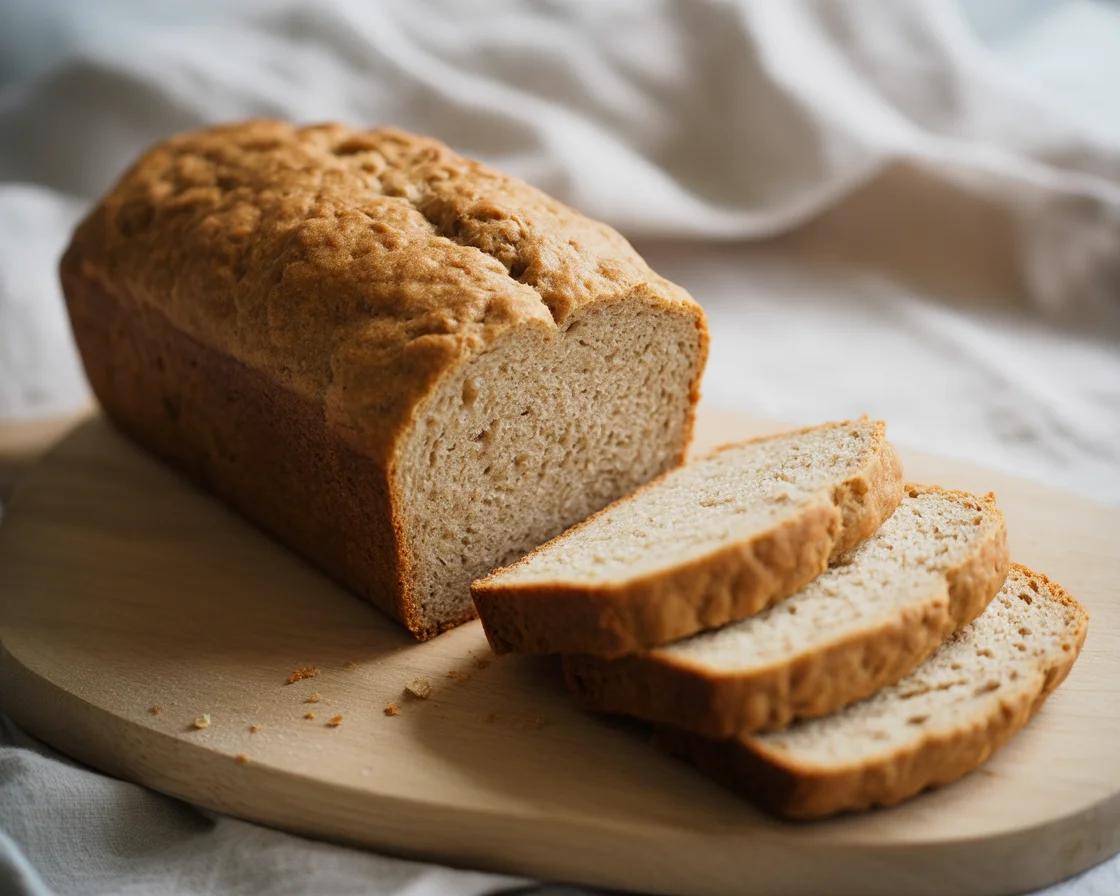
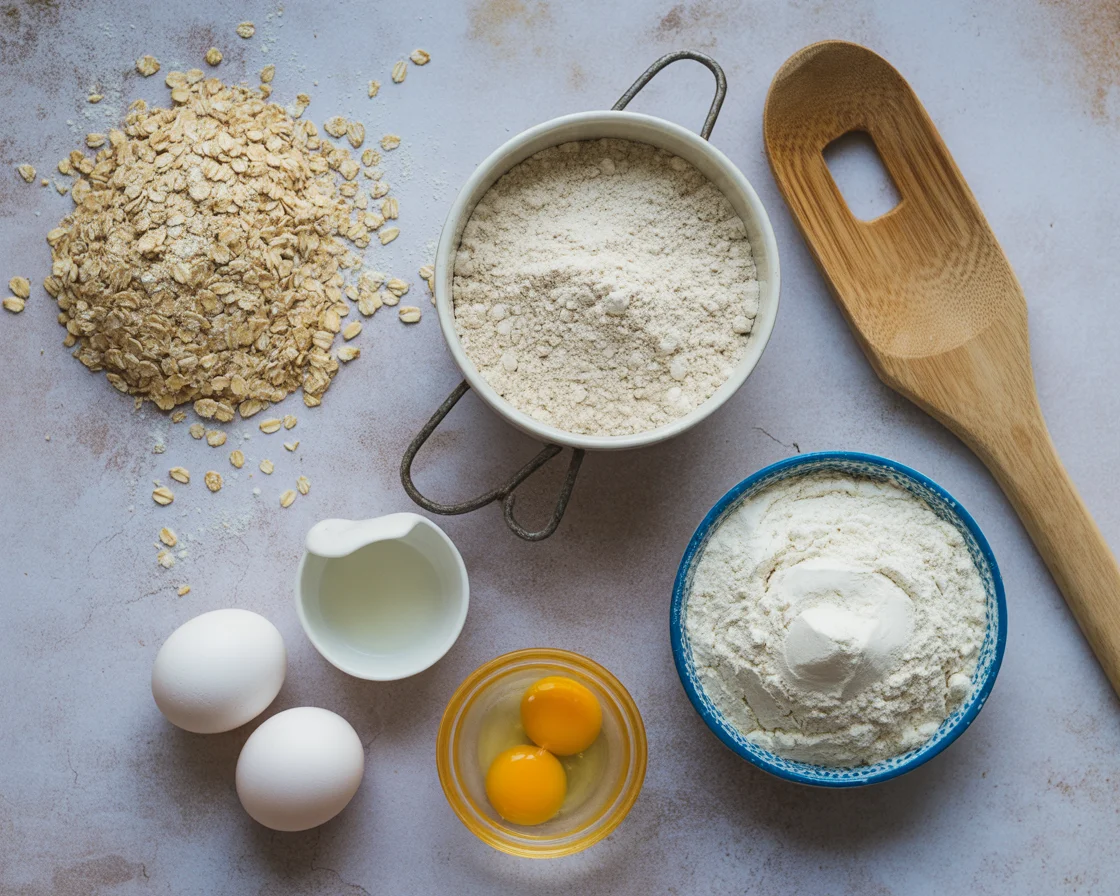
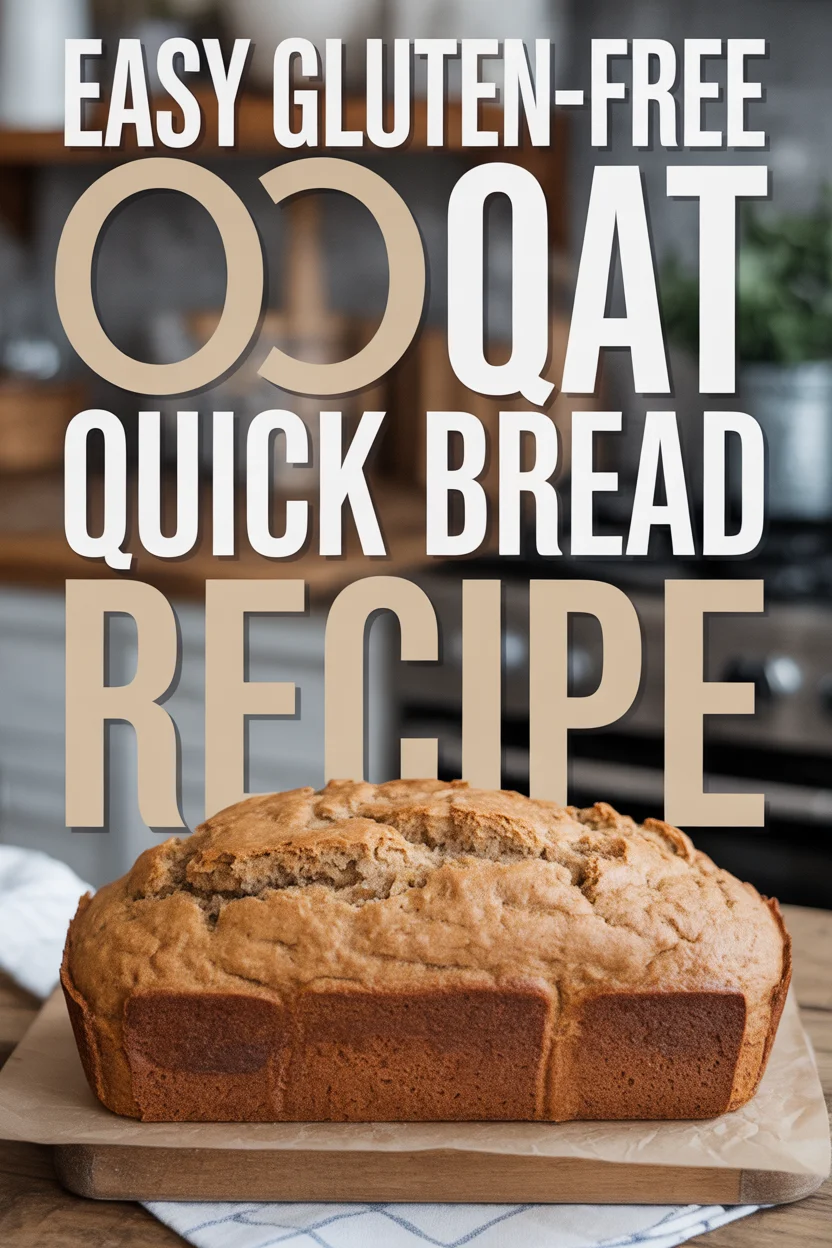
Really pleased with how this turned out! The texture is wonderfully moist and the oat flavor comes through beautifully. Easy to make and my family loved it for breakfast. Will definitely be making this again!
Thanks so much for your honest feedback
I was just diagnosed with severe allergies to oils, fruits and cannot have a grain+ cane sugar combination. I had to give up practically everything in my home and start from scratch to begin attempting to heal. One of the biggest things I am missing, is a good sandwich bread! After searching tirelessly for a gluten free, yeast free, oil free sandwich bread I leaped out of my chair to make this recipe. I am so heartbroken because of how deceiving the name and the picture of this recipe are! Nothing close to sandwich bread..it’s very dense like banana bread. I followed the recipe exactly too! For the sake of others, please at least take the name sandwich bread off of Pinterest because that’s how I found it…and the picture on the top looks closer to the way my loaf came out, not the perfect slices on the second picture which was what led me to believe I was making sandwich bread.
Thank you so much for your honest feedback, and I am genuinely sorry for the disappointment this recipe caused. It sounds incredibly challenging to navigate such severe allergies, and I can completely understand your frustration when a recipe doesn’t turn out as you hoped.
You are right—a bread made without gluten, yeast, and oil will have a much denser, more cake-like texture than traditional sandwich bread. My intention was to create a loaf suitable for making sandwiches for those with these specific restrictions, but I see how the name and photos could set the wrong expectation.
Based on your valuable feedback, I will update the recipe title and post to better describe the dense, quick-bread texture so future readers know exactly what to expect. I’ll also review the Pinterest description. Thank you again for trying the recipe and for helping me make the blog better.
Is this 2 cups of oat flour or 2 cups of whole oatmeal ground into flour which would be less than 2 cups once ground?
Great question! The recipe calls for 2 cups of oat flour (already ground), not 2 cups of whole oats that you grind yourself. If you’re making your own oat flour from whole oats, you’ll need to grind about 2½ cups of whole oats to get 2 cups of oat flour. Always measure after grinding for the best results! Hope this helps, and enjoy your bread!